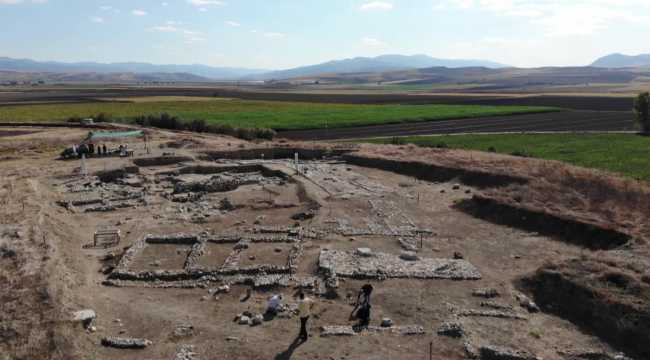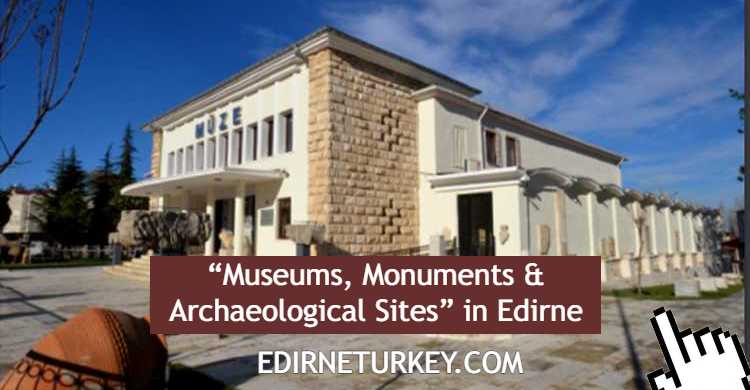Thousand-year-old Turkish graves will shed light on ancient DNA research

The graves of the pioneering Turks who arrived in Anatolia about 100 years before the Battle of Malazgirt in 1071 and were first identified in Amasya will shed light on ancient genetics and DNA research a thousand years later.
A genetic study is planned to be conducted on over 100 skeletons found in the Oluz Mound excavations in Amasya.
Prof. Dr. Şevket Dönmez, the head of the Oluz Mound Excavation, stated, “We are excited to have found the earliest biological remnants of the ancestors of Turkish people in Anatolia in Oluz Mound. We believe that these findings will yield very important results in ancient genetics and DNA research.”
“Crucial for resolving debates”
Stating that no study has been conducted in Turkey on the basis of haplogroups of Oghuz groups so far, Prof. Dr. Şevket Dönmez, a faculty member of the Department of Archaeology at Istanbul University, said, “There are significant debates in the scientific world about which of the R1a and R1b haplogroups belong to Indo-Europeans and which belong to Turks. The studies we will conduct here will be a crucial step in resolving the debates over haplogroup research.”
Similar to the Suttuu-Bulak cemetery
Prof. Dr. Dönmez explained that they have determined that the deceased in the thousand-year-old Turkish cemetery in the excavations were buried with an object placed on their feet, similar to the Suttuu-Bulak cemetery in Kyrgyzstan. He said, “We have discovered that some of the deceased in the excavations were buried in accordance with the Kurgan tradition. They reflect their ancient traditions while also embracing Islamic traditions in their graves here.”





